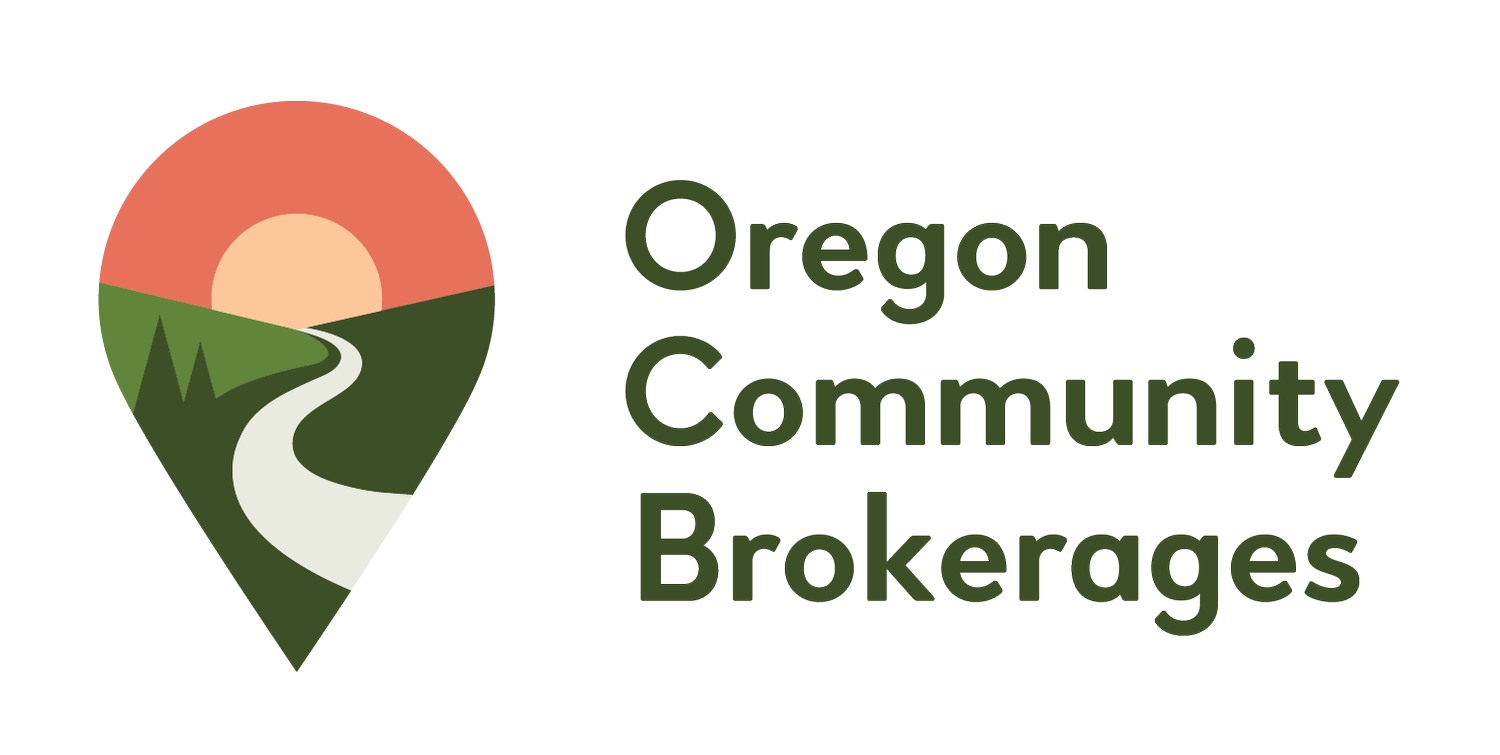Why Vision Matters
We have talked a lot about the series of policy changes back in late 2013 that resulted in the statewide Community First Choice K Plan, in consolidating services and payment into the eXPRS Plan of Care, and the rise of the Adult Needs Assessment as a primary point of departure for service planning and funding. Today, we believe that more change is necessary if Oregon is to regain a functional, sustainable structure for IDD services.
In our last post, we talked about the series of changes that reshaped the landscape for intellectual and developmental disability (IDD) services in Oregon. From the summer of 2013 until the close of 2015, we were taking on new processes, new forms, new rules, and new roles as fast as we could implement them. (And quite often, faster than we could implement them.) Now, as we take a breath, it feels wrong to be talking about system change again. But we are talking about it, and we have to keep talking about it, because where we have arrived isn't where we get to stay. Our services are too costly, and they aren't netting the kind of outcomes that we'd like to see for people in services. And therein lies the problem--how will we know success when we see it? To get to the right end, you have to go about things the right way.
Start with a vision. Unfortunately, just because you put a lot of energy and effort into a project doesn't guarantee its success. We started the 2013 change process with the goal of funding our services through the Community First Choice Option (K Plan), instead of through the collection of Medicaid Waivers through which services were previously authorized. At the outset, state leadership held the belief that this change in funding authority would be a back-end change, imperceptible to people using the services. It didn't turn out that way. Making a federal funding authority our North Star didn't lead us very far. This perceived lack of direction was part of what compelled OSSA to come up with our Vision for the Future of Disability Services in Oregon. It's not enough to know how we're going to pay for the services, we need to start with why we want to have the services in the first place. What is our vision for Oregonians with IDD? How should people be treated? What place should they hold in our communities? We need to start with a destination in mind, and then figure out how to get there.
Think long-term. It's hard for public policy to plan for the long-term. Lawmakers come and go, appointed officials change office, public opinion supports a project one day, and has forgotten it the next. This capricious nature is why stakeholders must come together and do the long-term planning and visioning with state leadership, in an effort to safeguard funding and services for future Oregonians with IDD and their families. Many of the changes enacted with the K Plan in 2013 were reactionary. We were reacting to budget holes and to federal compliance issues. Though budgetary concerns and federal compliance are both important considerations, budgets are in a state of flux, as is federal law. Responding to their whims without balancing the long-term needs of a system will not get us the results we want.
Plan for a Whole Life, not a Service Life. When evaluating a social service, it's easy to focus on what you can get--how many hours, how much money, what's the upper limit? But focusing on the benefit itself won't get a person the outcomes they desire. You have to start with an idea of the life you want--who do you want to be, what do you want to do, what's the upper limit of your happiness? We call this approach seeking a Whole Life instead of a Service Life, and it is key to making the most out of the services available. As a community, we have to refocus on the people using these services, and the lives they want to live, connected to their communities, building relationships, and benefiting from paid and unpaid supports. When we start with a goal, we often find that we can balance the imperative to be good stewards of public funds with the necessary funding and supports to live a full life.
This isn't a detailed plan, but it is a place to start. There will be debates and arguments, differences in opinion about where to spend and where to save. We don't have to agree on everything. But, in the end, what matters is we are all pulling in the same direction--toward rich and fulfilling lives for all Oregonians.
